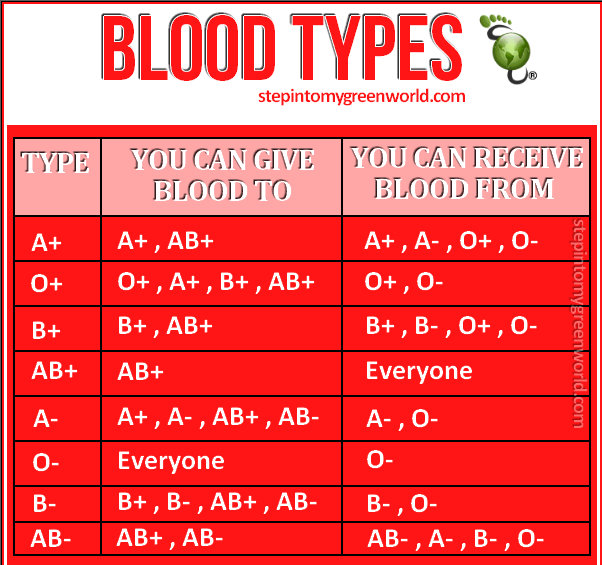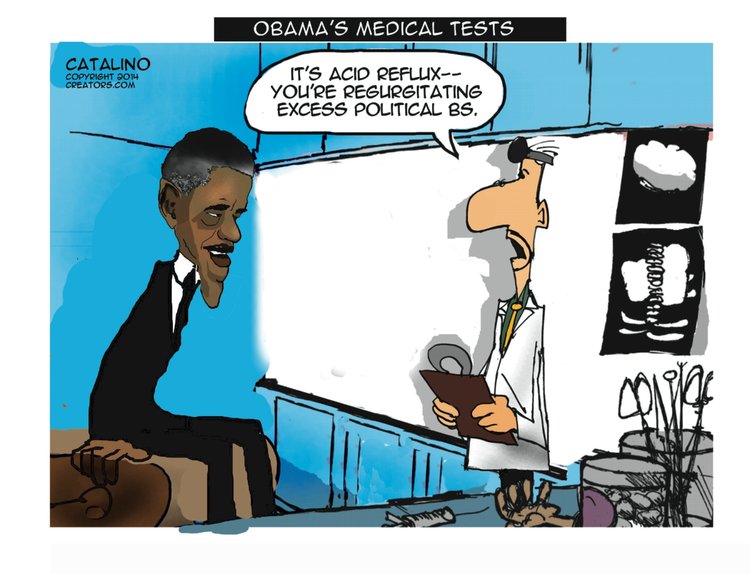Do you know what your blood pressure should be?
Regulating your blood pressure can become a real virtue, unless you are older and unable to do so. In that case, this is pretty harmful and sometimes impossible. This was shown in a study that involved 2,000 seniors. The results were published online in the Archives of Internal Medicine and they actually surprised the world.
When it comes to high blood pressure, there is no place for mistakes – hypertension is a real life threat. It affects the function of your arteries, kidneys, and your body in general. This causes heart attack, heart failure, stroke, kidney failure, and other dangerous health issues. This is the reason why most doctors reach for aggressive therapies when it comes to treating hypertension.
Same as other health conditions, a particular method cannot be applied to everyone. There are different treatments for 50-year-old men and 80-year-old men, as the therapy of the first group does not correspond to the individuals in the second.




